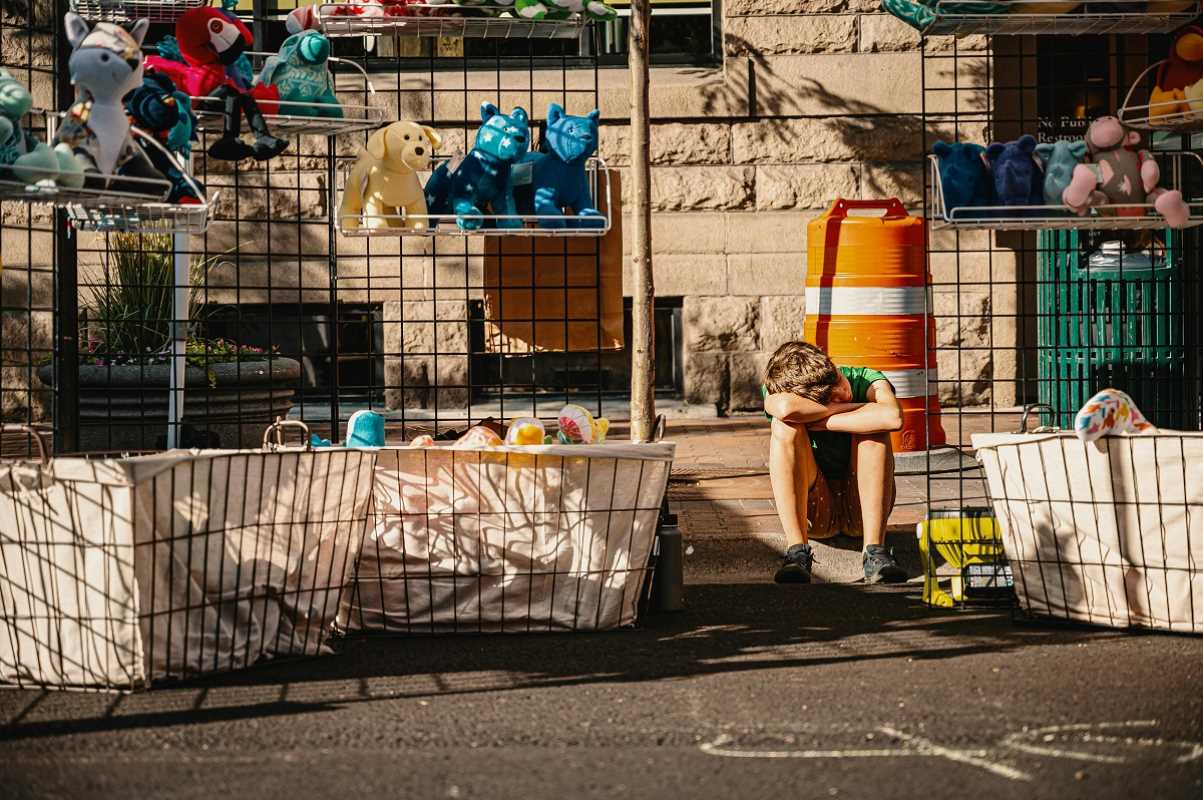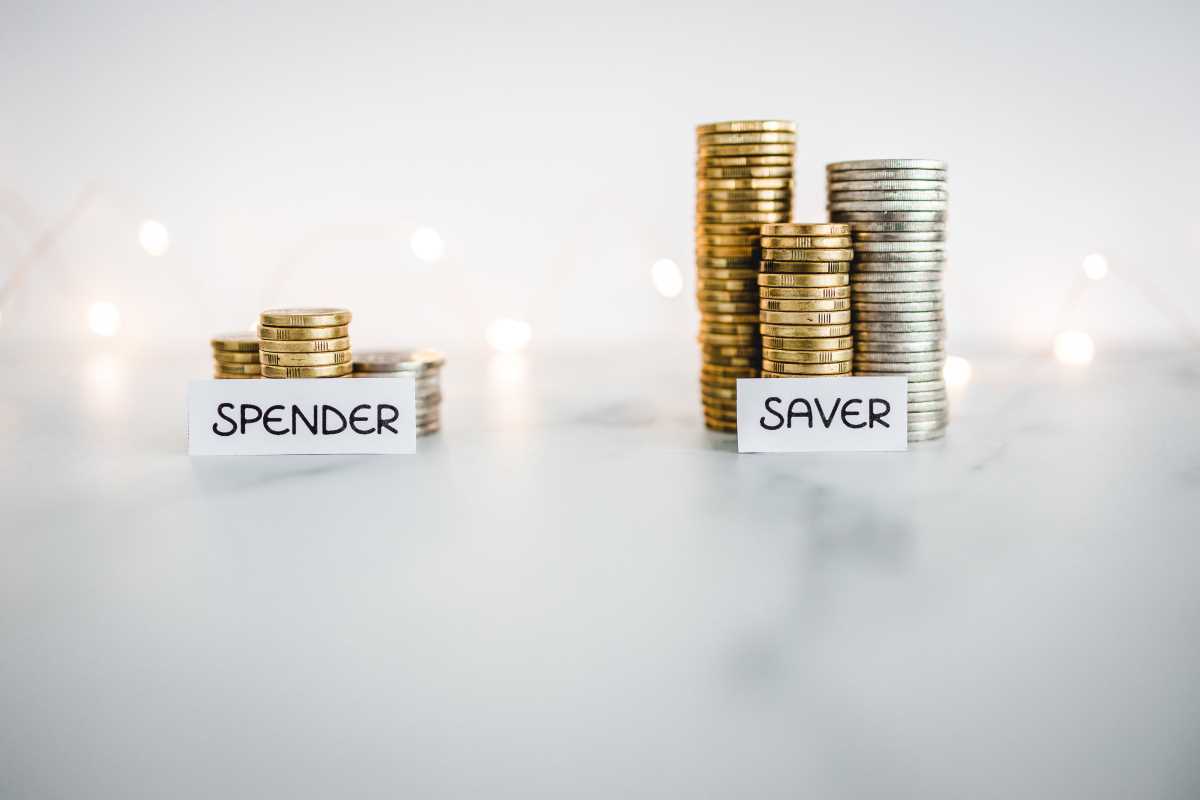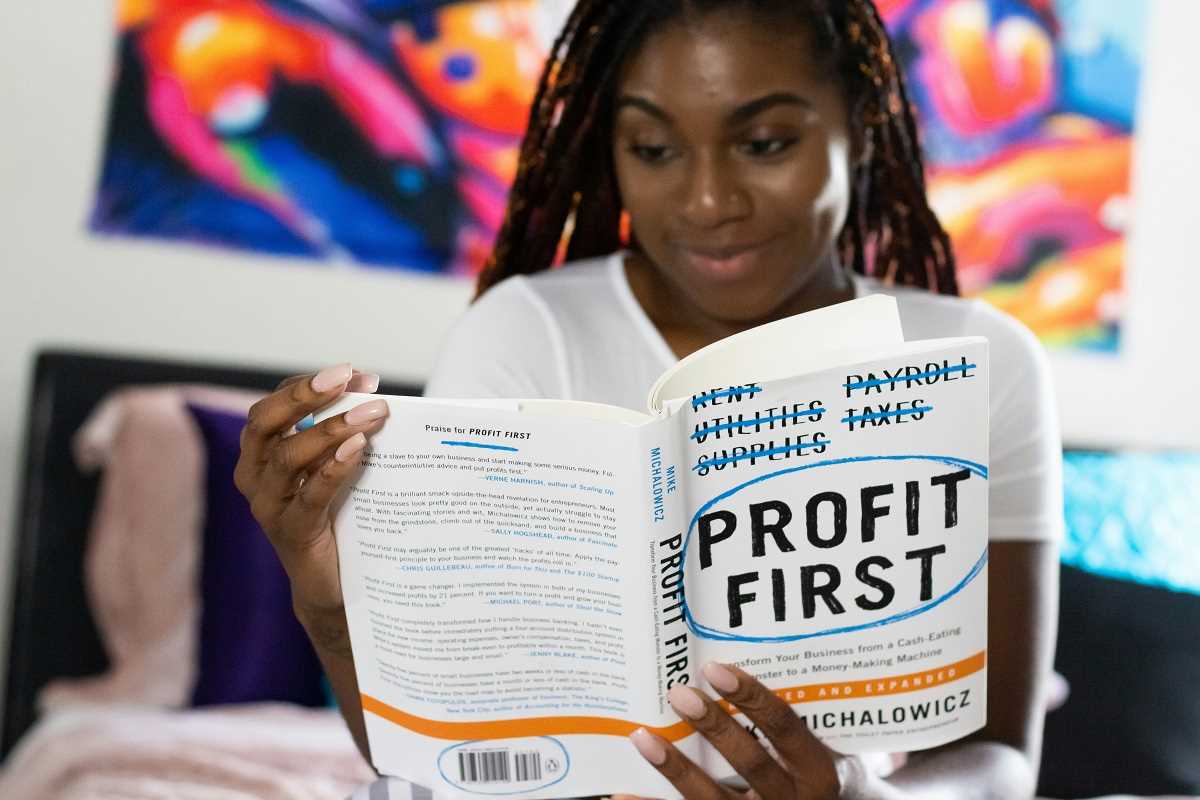Do you have a passion for all things vintage? Selling vintage items online can be a fun and profitable way to turn your love for the past into a present-day side hustle. It doesn’t have to cost a fortune to get started either. You don’t need a massive inventory or a big budget to start selling vintage goods online. Whether it’s retro clothing, unique home decor, or rare collectibles, there’s a market out there for people searching for one-of-a-kind treasures. The best part? You can start small, work at your own pace, and grow your business over time. If you’ve been wondering how to turn this creative hobby into extra income, keep reading!
We’ll walk you through everything you need to know—from where to find great vintage items at low prices to how to sell them on popular platforms like Etsy and eBay. You’ll also learn how to photograph and price your finds to boost sales, along with tips to attract the right buyers.
Step 1: Sourcing Vintage Items Without Spending a Fortune
Starting with minimal investment means being smart about where and how you find your vintage treasures. Here are a few affordable ways to get your hands on great items.
Thrift Stores
Goodwill, Salvation Army, and other local thrift shops are treasure troves for vintage finds. Many of these places carry unique clothing, accessories, and household items that are often underpriced. The key is to check regularly since their inventory constantly rotates.
Visit thrift stores in higher-income areas when possible. People tend to donate higher-quality items in these neighborhoods, and you might score some real gems.
Garage Sales and Estate Sales
These are goldmines for sourcing vintage goods. Garage sales are usually super affordable, and estate sales often feature older items you won’t find anywhere else. Show up early for the best selection or go later in the day to negotiate lower prices.
Use apps like Yard Sale Treasure Map to locate garage and estate sales near you.
Flea Markets
Flea markets are another excellent place to discover vintage items. While some vendors focus on selling high-end antiques, others might just be clearing out inherited items or old belongings. Don’t be afraid to haggle for better prices!
Online Marketplaces
Believe it or not, platforms like Facebook Marketplace, Craigslist, Poshmark, and even eBay can also be great sourcing options. People sometimes sell items without knowing their true value, and you can snag great deals if you’re quick.
Search for misspelled listings (e.g., “vinatge”) or vague titles like “old lamp,” as these are often overlooked by other buyers.
Your Own Storage
Before heading out to shop, take a closer look at what you already own. Sometimes, the vintage treasure you’re looking for is tucked away in your basement, attic, or closet. Decluttering could lead to items you can list and sell right away.
Step 2: Choosing the Right Platforms to Sell
Not all online selling platforms are created equal. Picking the right one depends on what you’re offering and who your target buyers are. Here’s an overview of some of the most popular options.
eBay
If you’re selling a variety of vintage items like collectibles, clothing, or even electronics, eBay might be the best choice. It’s a global marketplace with millions of buyers, making it a good place to reach a large audience.
Fees: eBay charges listing and transaction fees, so factor those into your pricing.
Auctions work well for in-demand items (like rare coins or vintage toys), but for everyday vintage goods, use the “Buy It Now” option to attract quick sales.
Etsy
Etsy is perfect for selling vintage items that are at least 20 years old, including clothing, jewelry, and home decor. It’s a favorite platform for people searching for unique or handmade goods, so your vintage finds will fit right in.
Fees: Etsy charges a small fee for listing items, as well as a transaction fee when something sells.
Develop a cohesive aesthetic for your shop with high-quality photos and a catchy shop name to attract buyers who love your style.
Depop
Depop is ideal if you’re selling vintage clothing, especially for younger buyers looking for unique fashion. The platform has a trendy, Instagram-like vibe, so your listings will benefit from great photos and creative styling.
Fees: Depop takes a 10% commission on each sale.
Style your clothes in outfit photos to make them more appealing.
Facebook Marketplace
This platform works well for selling larger vintage items like furniture or decor, as it connects you with local buyers. The best part? It’s free to list items, and you don’t need to worry about shipping for local sales.
Join Facebook groups dedicated to vintage or thrift shopping in your area for even more visibility.
Step 3: Photographing and Listing Your Items
Your photos and descriptions can make or break your success as a seller. Buyers can’t see or touch your items in person, so you need to make them look as appealing as possible online.
Take Great Photos
Good lighting and clean backgrounds are essential for showcasing your items. Take clear, high-resolution photos from multiple angles. Don’t forget close-ups of any unique details like patterns, tags, or markings that prove authenticity.
Use natural light whenever possible for an authentic look, and avoid cluttered backgrounds that can distract from your item.
Write Killer Descriptions
Your item descriptions should be detailed and accurate. Include measurements, materials, and any notable features. If there’s any wear or damage, be upfront about it to avoid unhappy buyers.
Use keywords like “vintage,” “retro,” or specific eras (e.g., “1970s”) to help buyers find your listings in searches.
Step 4: Pricing Your Items
Pricing vintage items can be tricky, especially when you’re starting out. Here’s how to find the sweet spot between making a profit and attracting buyers.
- Research Competitors: Look at similar items on the platform you’re using to get an idea of what they’re selling for.
- Consider Condition: Items in excellent condition can command higher prices, while damaged or heavily used pieces should be priced lower.
- Factor in Fees and Shipping: Don’t forget that some platforms charge fees, and shipping costs can add up. Build these into your pricing to make sure you’re still making a profit.
- Test and Adjust: If an item isn’t selling, consider gradually lowering the price or using promotions to attract buyers.
Step 5: Tips for Success
Starting any online business requires some dedication and learning, but these tips will help you stay ahead of the game.
1. Stand Out With a Niche
Focusing on a specific type of vintage item, like mid-century modern decor or 1980s graphic tees, can help you build a loyal audience who knows what to expect from your shop.
2. Build Relationships With Buyers
Provide excellent customer service by responding to messages promptly, packaging items carefully, and including a thank-you note with your shipments. Happy buyers are more likely to leave positive reviews and come back for more.
3. Stay Consistent
Regularly add new listings to keep your shop fresh and give buyers a reason to check back. The more items you have for sale, the more chances you’ll have to make sales.
4. Market Your Shop
Take advantage of social media to showcase new items, give behind-the-scenes looks, and promote sales. Platforms like Instagram and TikTok are especially popular for vintage sellers.
5. Keep Learning
Pay attention to trends, research popular styles, and continue refining your sourcing, pricing, and listing strategies over time.
 (Image via
(Image via.jpg)





